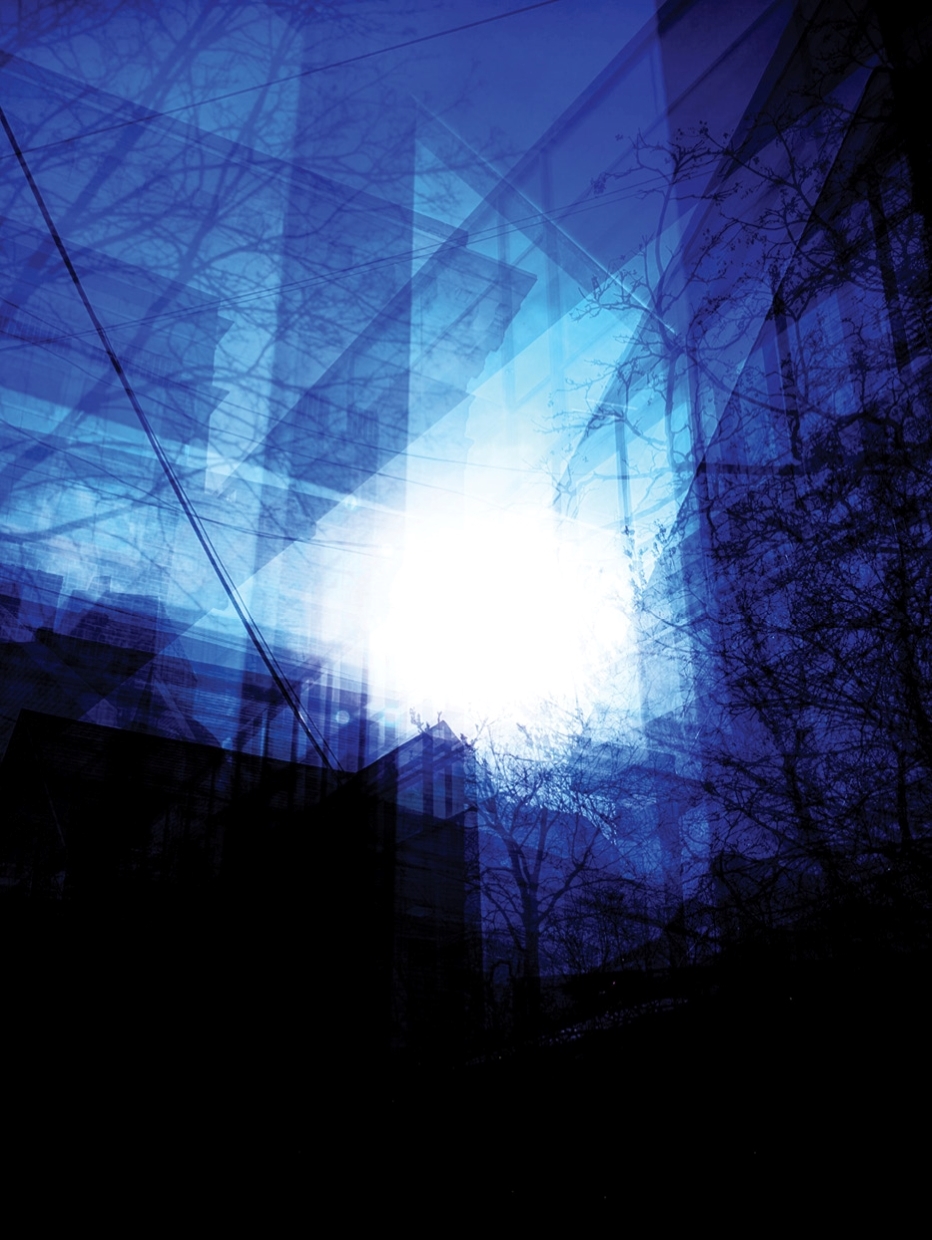A Heliotropic Walk

Category
Daylight investigations - Region 3: The Americas
Students
Megumu Jansen
Teacher
Gayla Lindt
School
University of Minnesota
Country
United States
Download
Download ↓
Just as plants exhibit heliotropism by turning towards the sun, humans also have heliotropic tendencies. This project consisted of a series of investigations which studied how architecture can address the heliotropic tendencies of humans by bringing more awareness of the daylight that surrounds them and changes throughout the day and year. Out of many experiments that investigated the effects of the sun through space and time, the two studies presented here proved to be particularly novel in their ability to convey an experience and memory of daylight in an urban environment that is subjective and specific to time and place. Both of the studies involved walking towards the sun and photographing the sun in the center of the frame. The methodology for the experiments is as follows:
Experiment 1Minneapolis, USA | February 16, 2:07 PM – 2:37 PM1. Take a photograph of the sun with the sun centered in the frame.2. Walk towards the sun using the city’s streets.3. Every time the view to the sun is completely obstructed, take a photo of it, centered in the frame, when it reappears.4. Repeat steps 2 and 3 until 30 minutes have elapsed.
Experiment 2Tokyo, Japan | June 4, 11:48 AM – 3:48 PM1. Take a photograph of the sun with the sun centered in the frame.2. Walk towards the sun using the city’s streets.3. Every 30 minutes, take a photo of the sun centered in the frame.4. Repeat steps 2 and 3 until four hours have elapsed.
The photographs were then overlaid and blended using Adobe Photoshop to create a composite image that summarizes the experience of moving toward light while revealing the urban elements that are synergistic with the experience of daylight. Shadows of vegetation, infrastructure, and buildings revolve around and frame the light source.
The process of collecting the photographs can offer designers a way of becoming familiar with daylight in an embodied way, which is important in an architectural field where practitioners often find themselves working in studios and on computers for long periods of time. Especially in a post-pandemic world, it is important to be able to step outside and learn from being directly in the sunlight. It is a relatively simple process that doesn’t require special equipment; all of the photos in these studies were taken using a smartphone.
There are some subtle observations that can be made with the patience involved in this study. For example, until I conducted the second experiment, I was not aware of how the rate of change of the sun’s azimuth varies throughout the day, but this observation was made possible through the overall path of the walk, which approximates to a curve which is tighter in the beginning and gentler towards the end of the walk.
By studying the resultant composite images, and the maps used to track the path taken on the walk, we can observe significant qualities of the sun’s effects, such as the universality of the sun’s role throughout the world, the subjective perception of the sun’s movement, the unique local conditions that engage the sun on its path through the sky, and the temporal experiences, both gradual and fleeting.
While the composite images help designers gain a sense of layering of sunlight and the dynamic qualities of daylighting, it is also the process of compiling the images that results in a deeper understanding of daylight which is essential to design spaces for daylighting. This pair of experiments is offered as a new method for designers to gain an intuition of how daylighting functions at the human level.

































